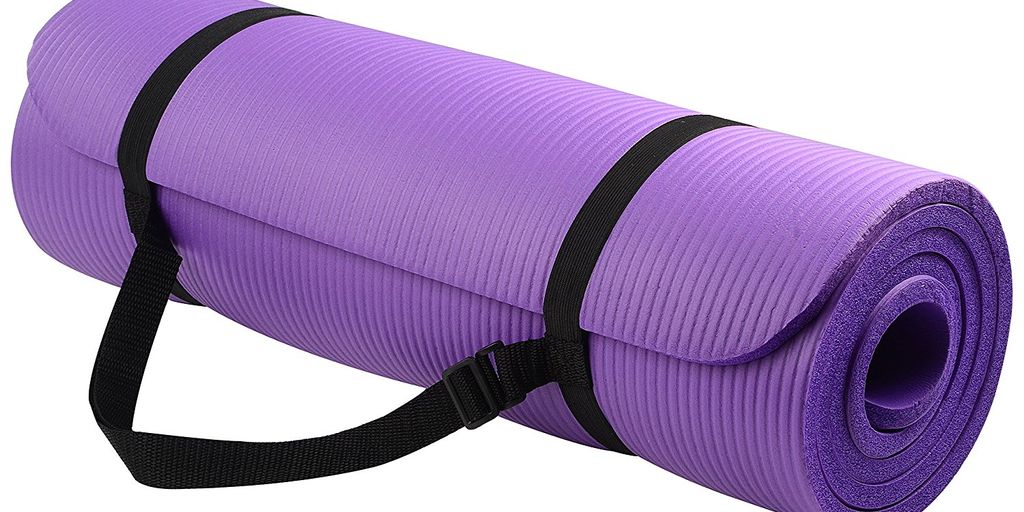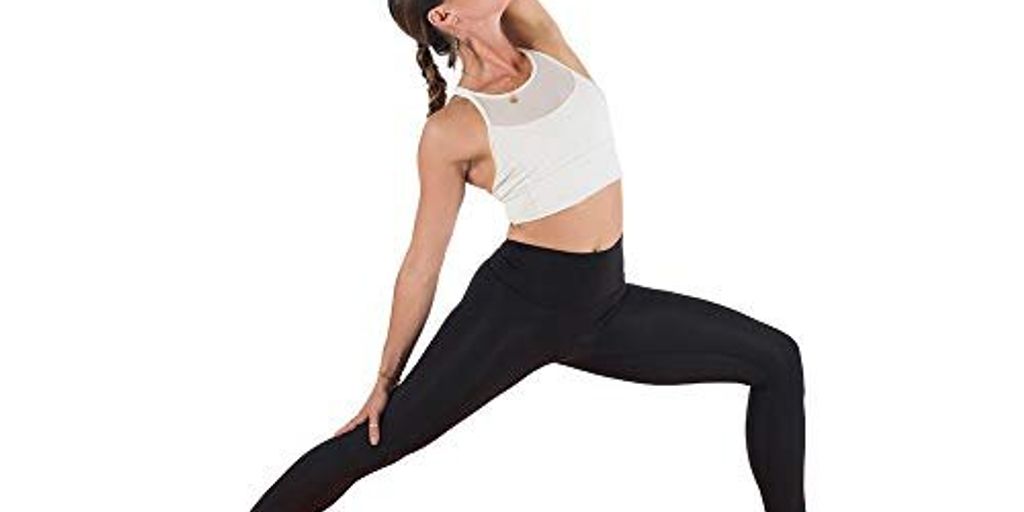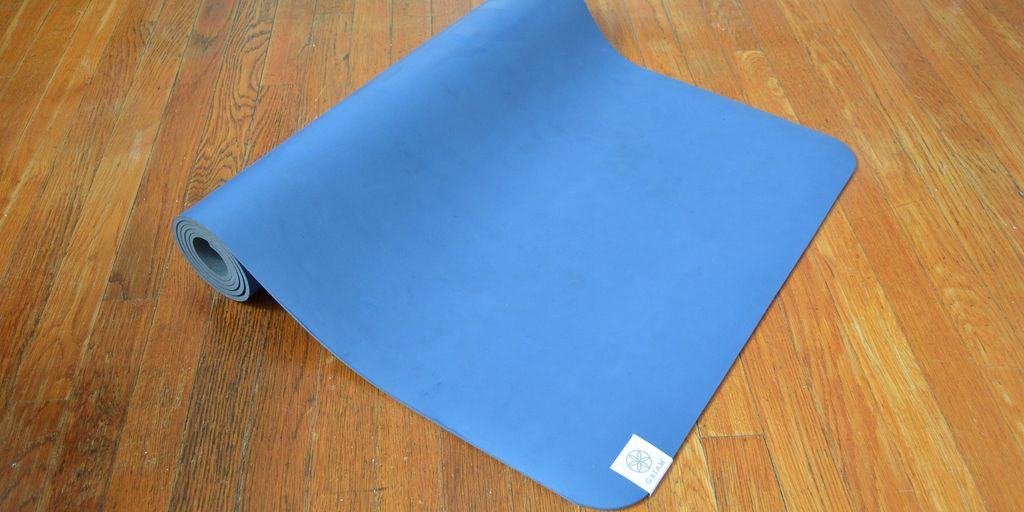
Finding the Best Yoga Mat for Beginners: A Comprehensive Guide
Starting your yoga journey can be exciting, but finding the right yoga mat can make a big difference. The right mat can help you practice better, avoid injuries, and feel more comfortable. This guide will help you find the best yoga mat for beginners by covering key features, materials, maintenance tips, budget-friendly options, and eco-friendly choices.
Key Takeaways
- Choosing the right yoga mat can improve your practice and comfort.
- Look for mats with good material, thickness, and grip.
- PVC, TPE, and natural rubber are popular materials for beginners.
- Regular cleaning and proper storage can extend the life of your mat.
- Eco-friendly mats are a great choice for those who care about the environment.
Importance of Choosing the Right Yoga Mat
Choosing the right yoga mat is crucial for a fulfilling yoga practice. A good mat can make a big difference in your experience and progress.
Impact on Your Practice
A suitable yoga mat can greatly enhance your practice. It provides a stable surface, helping you maintain balance and perform poses correctly. Thicker mats offer several advantages, especially for those new to yoga. They provide extra cushioning for your joints, making poses more comfortable.
Preventing Injuries
Using the right mat can help prevent injuries. A mat with good grip prevents slipping, reducing the risk of falls. Additionally, a mat with adequate cushioning protects your knees and wrists from strain.
Enhancing Comfort
Comfort is key to a consistent yoga practice. A mat that feels good under your hands and feet encourages you to practice regularly. Soft and cushioned mats can make a big difference, especially during longer sessions.
Investing in a quality yoga mat is an investment in your health and well-being.
Key Features to Look for in a Yoga Mat
Material and Durability
When choosing a yoga mat, the material is crucial. Different materials offer varying levels of durability and comfort. Common materials include PVC, TPE, and natural rubber. Each has its pros and cons, so consider what matters most to you.
Thickness and Cushioning
The thickness of your yoga mat can greatly affect your practice. Thicker mats provide more cushioning, which is essential for beginners. However, they can be heavier and harder to transport. A standard mat is about 1/8 inch thick, but you might prefer a thicker one for extra comfort.
Grip and Texture
A good yoga mat should have excellent grip and texture to prevent slipping. Grip is especially important for poses that require balance. Look for mats with a textured surface to enhance your stability during practice.
Choosing the right yoga mat can make a significant difference in your yoga journey. Take your time to find one that meets your needs and preferences.
Top Materials for Beginner Yoga Mats
PVC Yoga Mats
PVC (Polyvinyl Chloride) yoga mats are among the most common choices for beginners. They are known for their durability and affordability. These mats provide excellent grip and are easy to clean. However, they are not the most eco-friendly option.
TPE Yoga Mats
TPE (Thermoplastic Elastomer) mats are a great alternative to PVC mats. They are lightweight, recyclable, and offer good cushioning. TPE mats are also free from harmful chemicals, making them a safer choice for your practice.
Natural Rubber Yoga Mats
Natural rubber mats are an eco-friendly option for conscious beginners. They offer superb grip and cushioning, which can enhance your practice. These mats are biodegradable and made from sustainable materials, but they can be heavier and more expensive than other options.
Choosing the right material for your yoga mat can significantly impact your practice and overall experience.
How to Maintain and Clean Your Yoga Mat
Regular Cleaning Tips
Keeping your yoga mat clean is essential for both hygiene and longevity. Wipe down your mat after each practice with a damp cloth and mild soap. This helps remove sweat and dirt that can build up over time. For a quick clean, you can also use a mat spray or a mixture of water and a few drops of essential oil.
Deep Cleaning Methods
Every few weeks, give your mat a deep clean. Fill a bathtub with warm water and a bit of mild detergent. Submerge your mat and gently scrub it with a soft brush. Rinse thoroughly and hang it to dry. Avoid using harsh chemicals as they can damage the mat's material.
Storage Solutions
Proper storage can extend the life of your yoga mat. Always roll it up loosely and store it in a cool, dry place. Avoid leaving it in direct sunlight or in the trunk of your car, as extreme temperatures can cause the material to break down. If possible, use a mat bag to protect it from dust and dirt.
Taking care of your yoga mat not only keeps it clean but also ensures it lasts longer, making your practice more enjoyable.
Budget-Friendly Yoga Mats for Beginners
Affordable Yet Durable Options
Finding a yoga mat that is both affordable and durable can be a challenge. However, there are several options that strike a balance between cost and quality. Yoga Accessories 1/4″ Extra Thick Deluxe Yoga Mat is a popular choice among beginners. It offers good cushioning and durability without breaking the bank.
Where to Buy
You can find budget-friendly yoga mats at various retailers. Online stores like Amazon and Walmart often have great deals. Additionally, local sports stores may offer discounts on yoga mats. Keep an eye out for sales and special offers to get the best price.
Customer Reviews and Ratings
Before purchasing a yoga mat, it's important to check customer reviews and ratings. Look for mats that have high ratings and positive feedback. This will help you make an informed decision and ensure you get a mat that meets your needs. The best yoga mats often have a mix of affordability and quality, making them ideal for beginners.
Eco-Friendly Yoga Mats for Conscious Beginners
Sustainable Materials
When looking for an eco-friendly yoga mat, the material is key. Natural rubber is a popular choice because it is biodegradable and provides excellent grip. Other options include jute and cork, which are both sustainable and offer unique textures.
Brands to Consider
Several brands focus on eco-friendly yoga mats. Manduka, for example, offers mats made from recycled materials. Liforme is another brand known for its natural rubber mats. Gaiam also provides a range of eco-friendly options at different price points.
Benefits of Eco-Friendly Mats
Choosing an eco-friendly mat has several benefits. Firstly, it reduces your carbon footprint. Secondly, these mats are often free from harmful chemicals, making them safer for your skin. Lastly, they tend to be more durable, offering long-term value.
Opting for an eco-friendly yoga mat is a small step that can make a big difference for the planet.
Common Mistakes to Avoid When Choosing a Yoga Mat
Ignoring Material Quality
One common mistake is not paying attention to the quality of the material. High-quality rubber mats offer better durability and comfort. Always check if the mat is made from good materials to ensure it lasts longer and feels better during practice.
Overlooking Thickness
Thickness is crucial for comfort and joint protection. Beginners often overlook this and end up with mats that are too thin or too thick. Aim for a mat that provides enough cushioning without compromising stability.
Neglecting Personal Preferences
Everyone has different needs and preferences. Some people prefer a softer mat, while others need more grip. Don't ignore what feels right for you. Test different mats to find the one that suits your practice best.
Choosing the right yoga mat can make a big difference in your practice. Take your time to find one that meets your needs and preferences.
Choosing the right yoga mat can be tricky, and many people make common mistakes. Don't let that be you! Visit our website to learn more about picking the perfect mat for your practice. From eco-friendly options to foldable mats, we've got you covered.
Conclusion
Choosing the right yoga mat is important for beginners. It can make your practice more comfortable and enjoyable. Look for a mat that has good grip, is thick enough to protect your joints, and is easy to clean. Remember, the best mat for you is one that fits your needs and makes you feel good. Happy practicing!
Frequently Asked Questions
Why is choosing the right yoga mat important?
Picking the right yoga mat can make your practice better. It helps you stay safe, comfortable, and can even help you avoid injuries.
What features should I look for in a yoga mat?
Look for a mat that is durable, has good cushioning, and offers a good grip. The material should also be something you like.
How do I clean my yoga mat?
You can clean your mat by wiping it down after each use. For a deeper clean, you can wash it with water and mild soap. Make sure to let it dry completely before rolling it up.
Are there budget-friendly yoga mats for beginners?
Yes, there are many affordable yoga mats that are also durable. You can find them online or in stores. Check customer reviews to make sure you're getting a good one.
What are eco-friendly yoga mats?
Eco-friendly yoga mats are made from materials that are good for the environment. They are often made from natural rubber or other sustainable materials.
What mistakes should I avoid when choosing a yoga mat?
Don't ignore the quality of the material, the thickness of the mat, or your own personal preferences. These factors are important for a good yoga practice.


